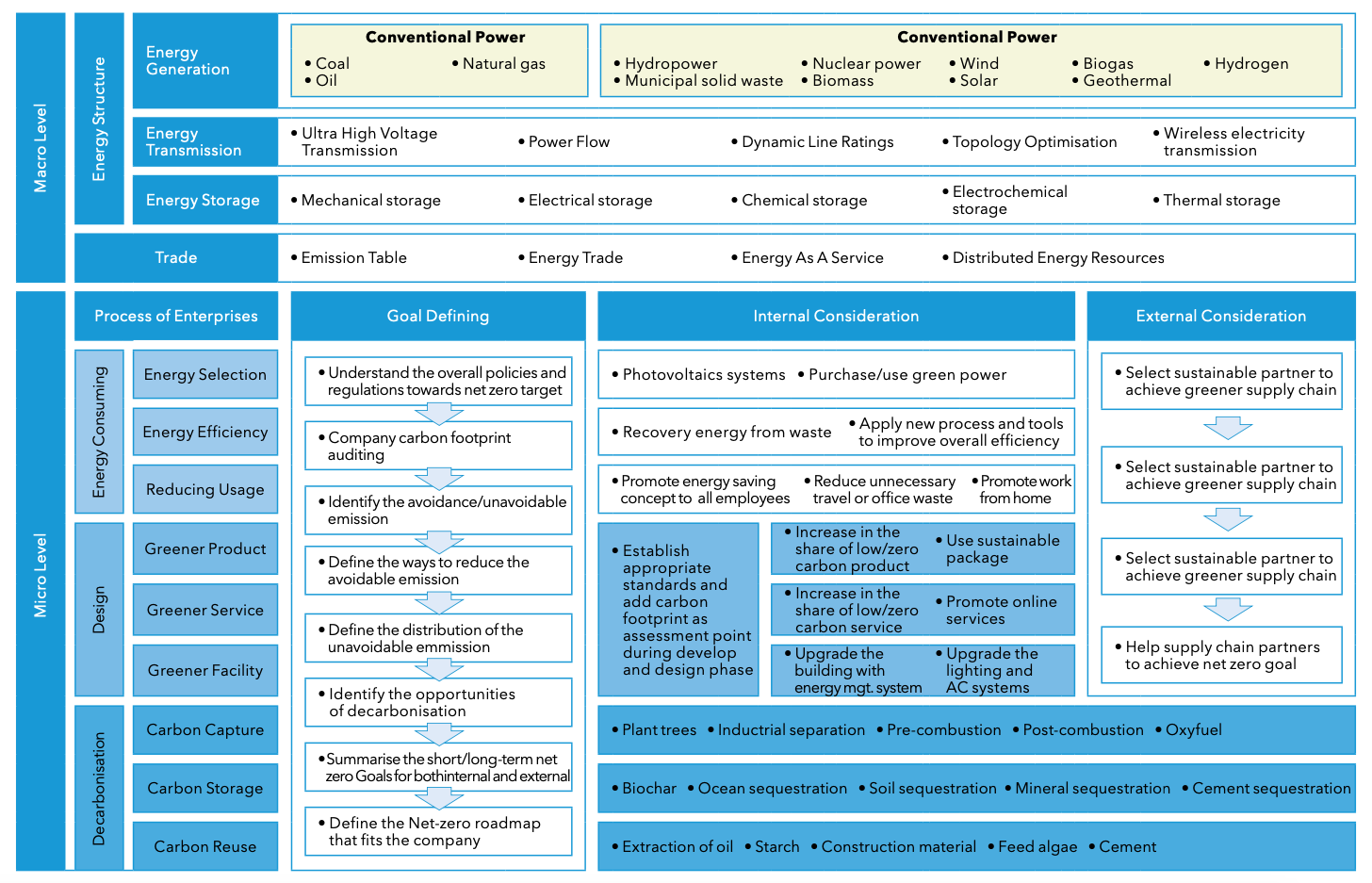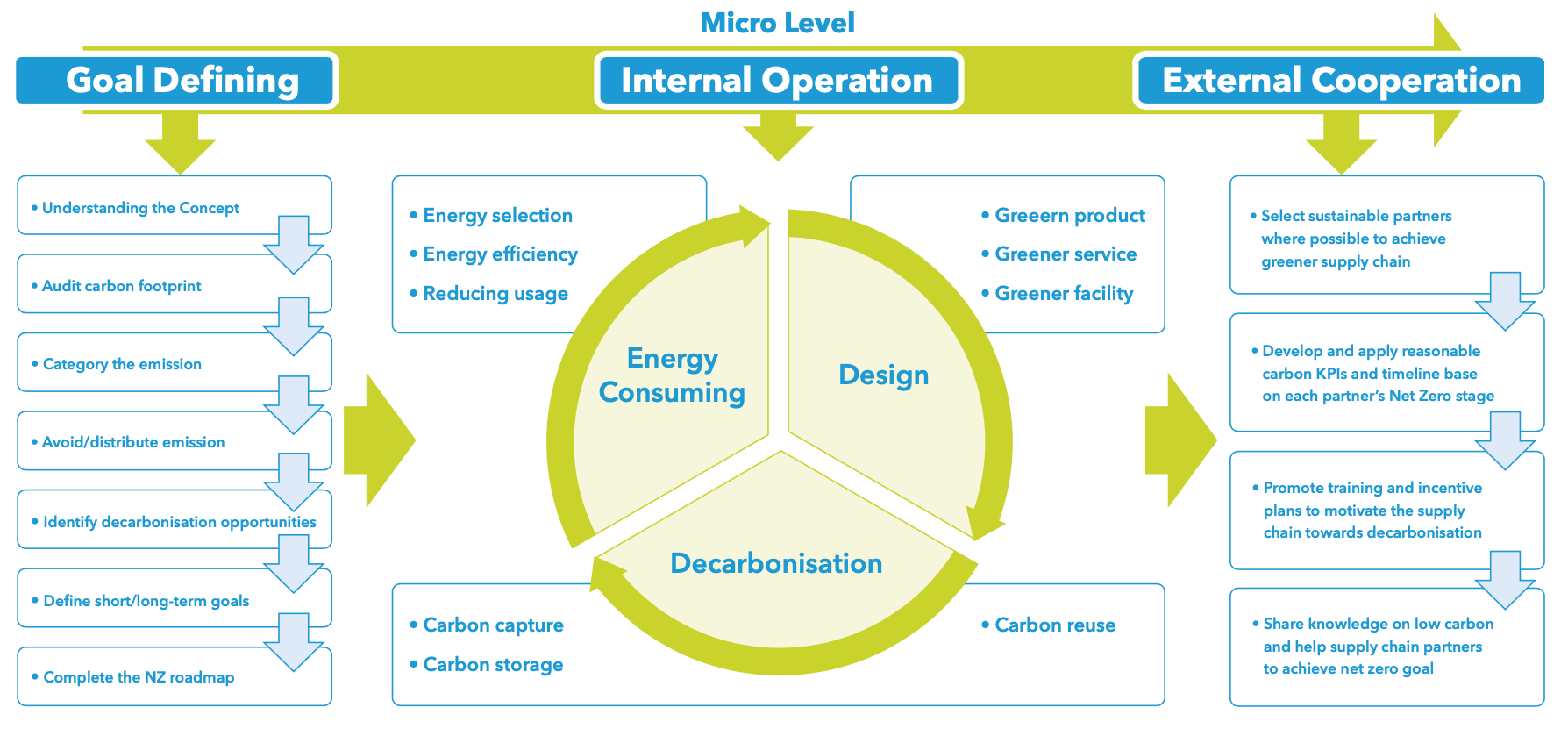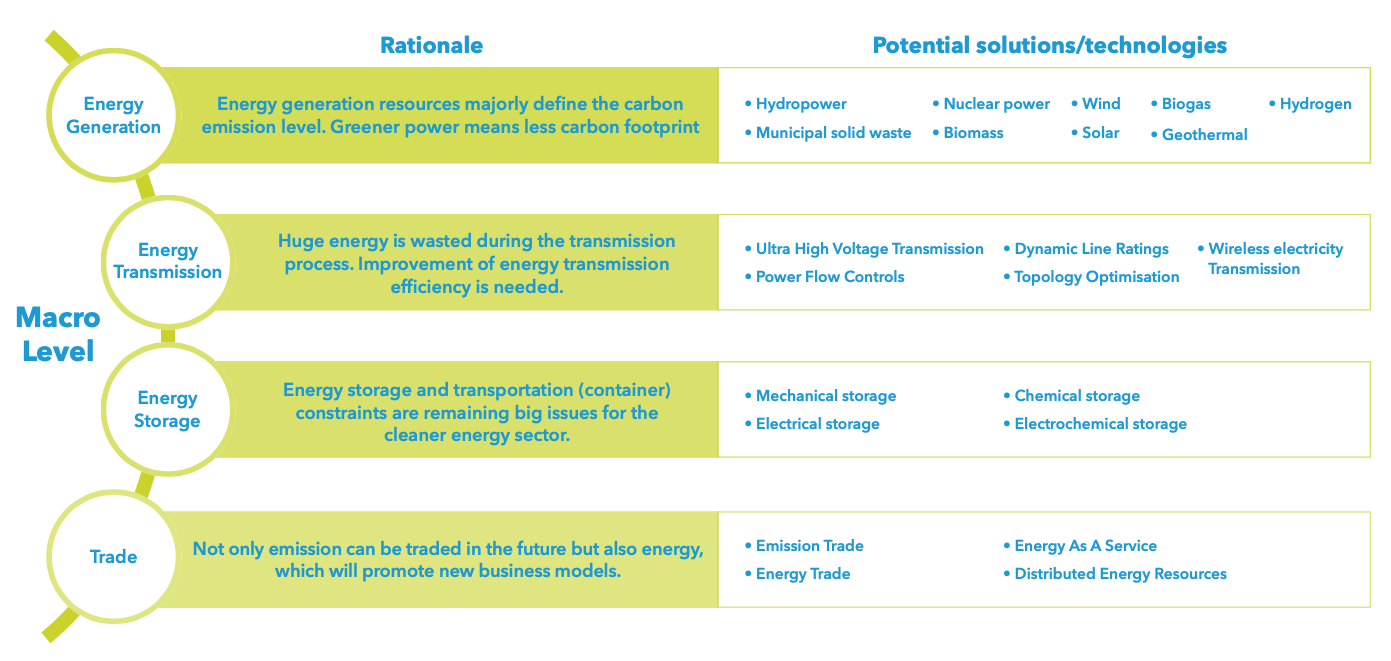The topic of climate change has become one of humanity’s most critical problems today. Like many other nations, the UK is making aggressive efforts to solve this issue. The Net Zero (NZ) method is one of the most significant solutions currently being studied. The NZ approach aims to reduce greenhouse gas emissions to zero by 2050, and it has been recognised as a critical pathway towards mitigating climate change.
The UK government has made significant progress towards reducing its carbon emissions in recent years. The country has already reduced its emissions by 44% from 1990 levels, exceeding the target of a 34% reduction set for 2020. However, to achieve the NZ target, all businesses in the UK will need to make even more significant reductions. The NZ approach will require a radical shift in how the country produces, transfers, and uses energy. From the micro level, the NZ approach will also require businesses to reduce their carbon footprint internally and externally proactively.
This methodology as part of the deliverables from the project Repowering the Black Country, is co-developed with Loughborough Business School. It aims to help companies and regions achieve the NZ target by providing individual practitioners and policymakers with potential best practices from different perspectives collected from the literature.






